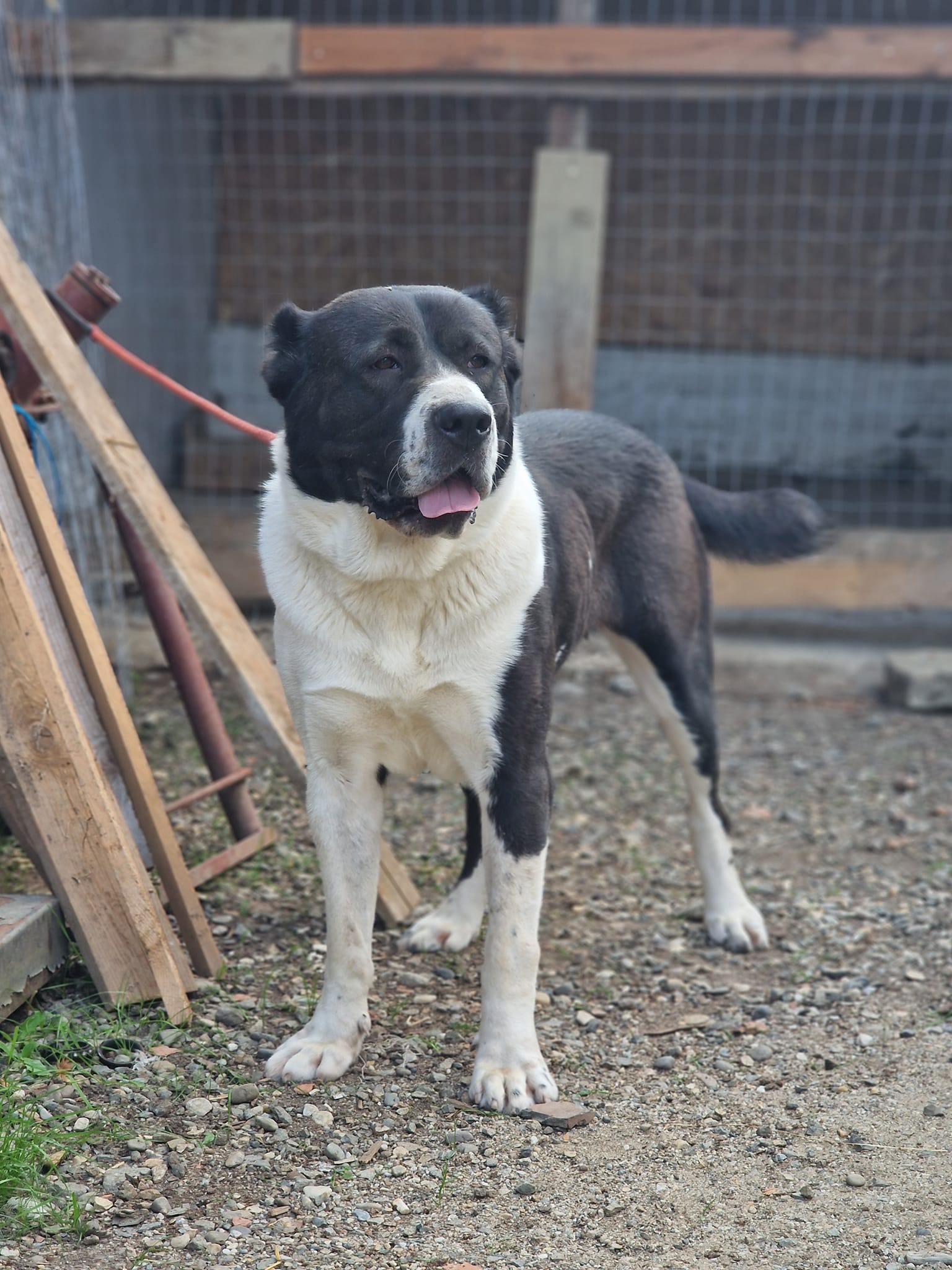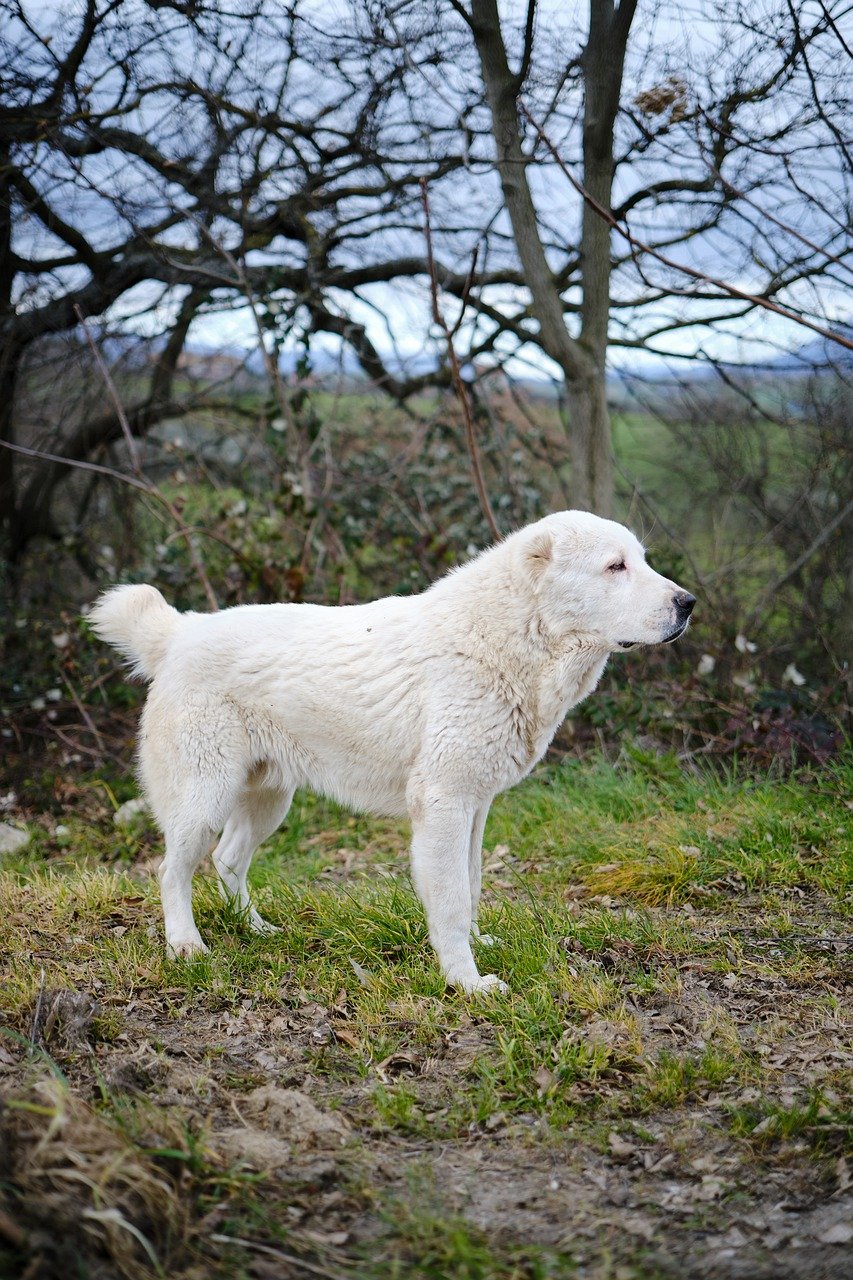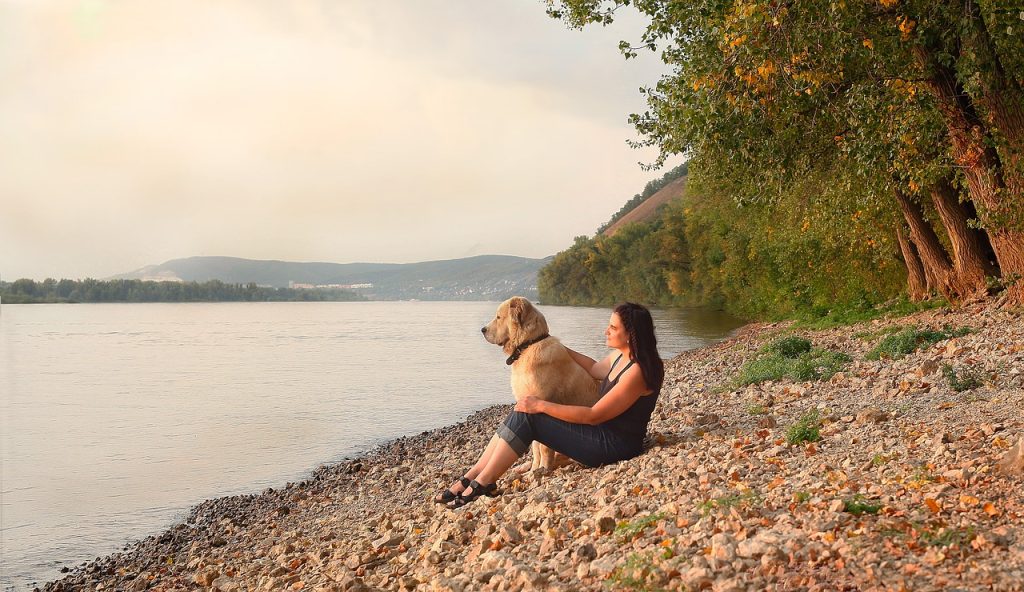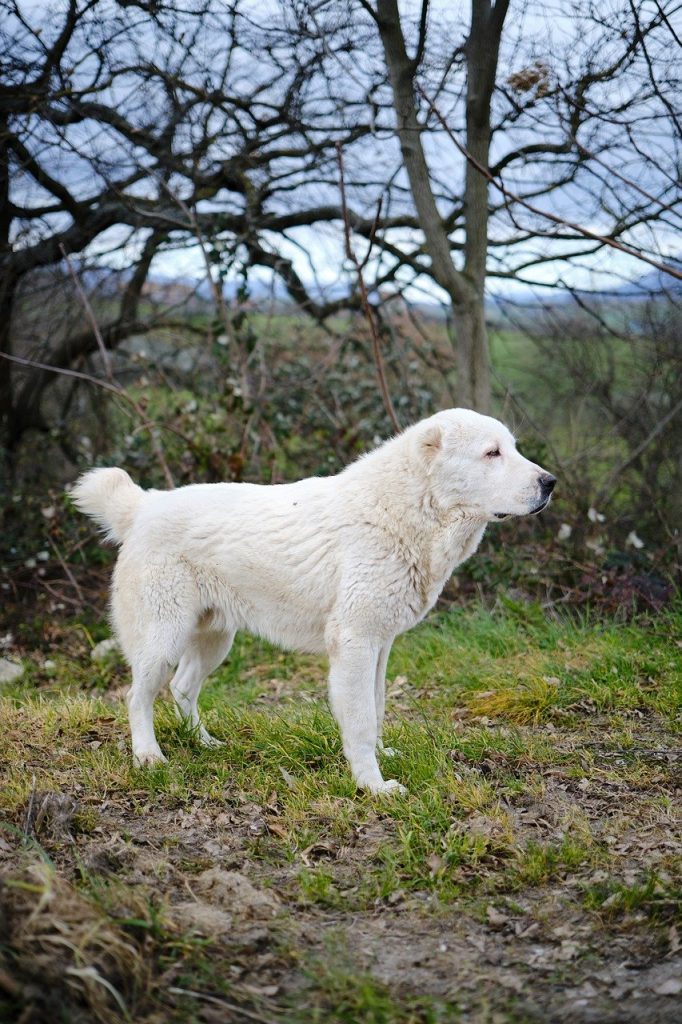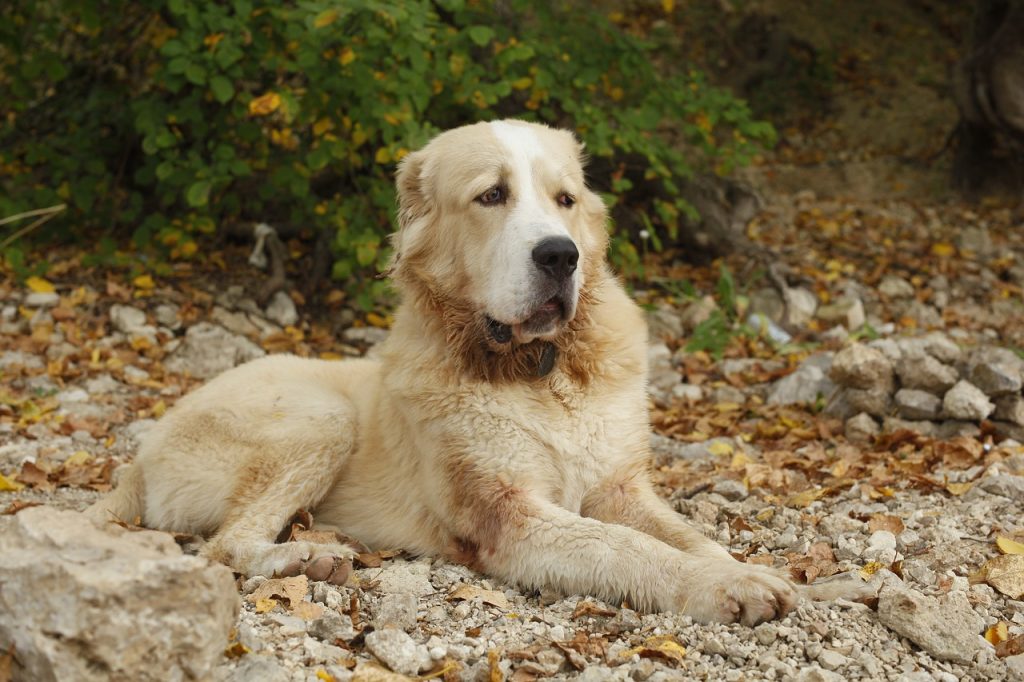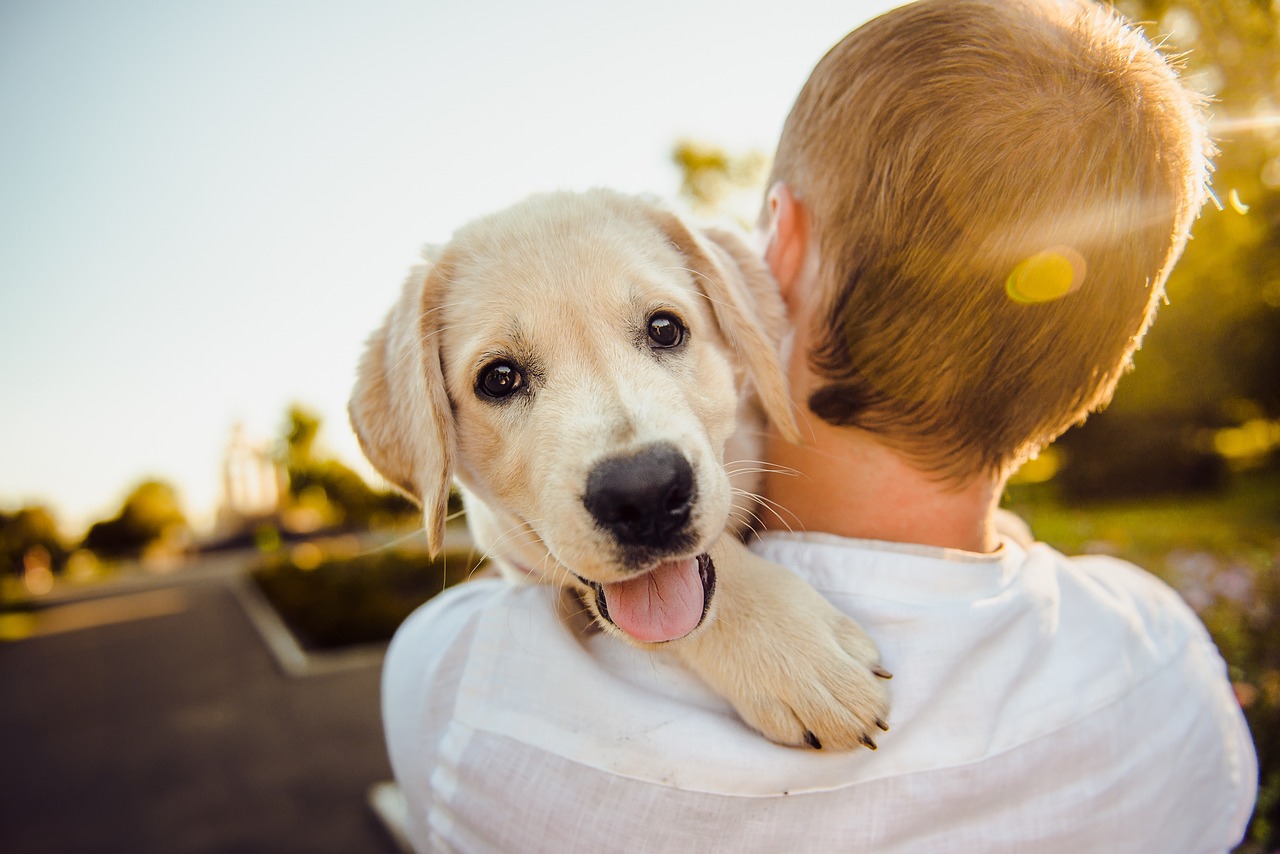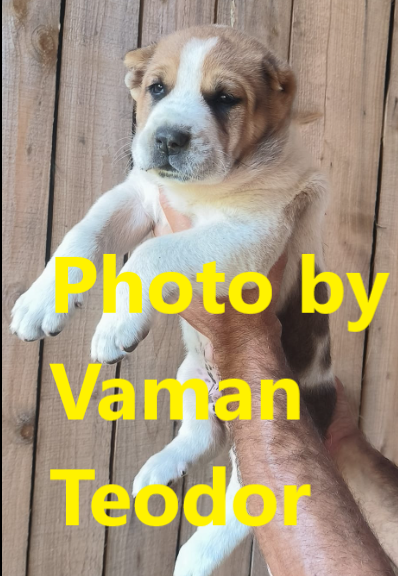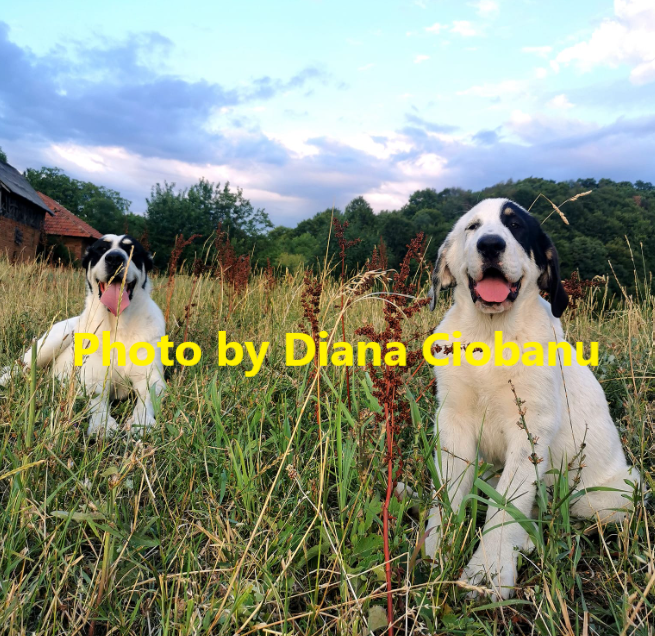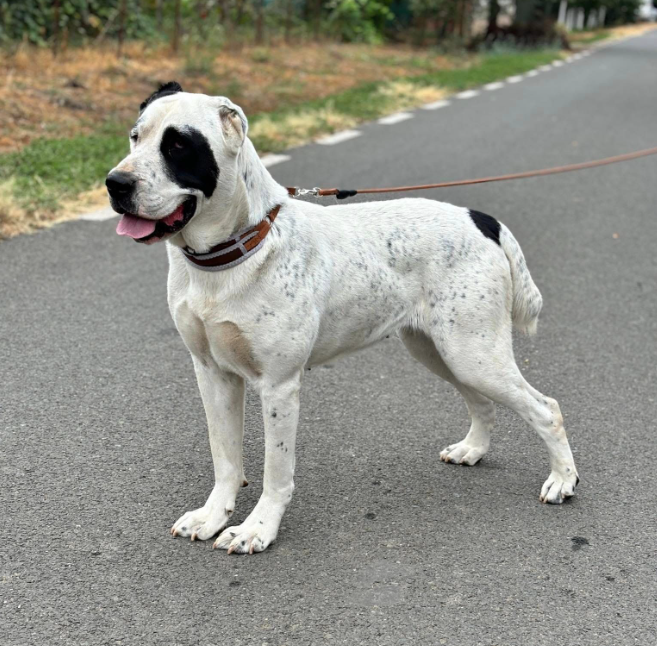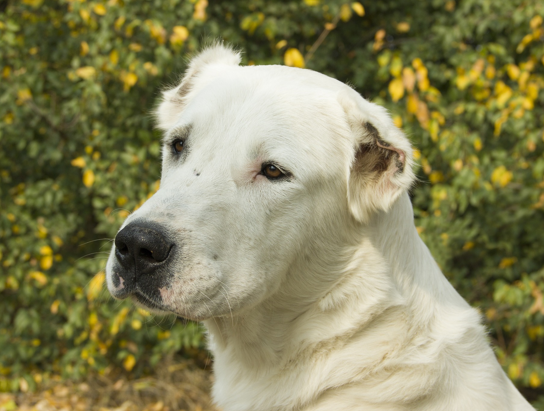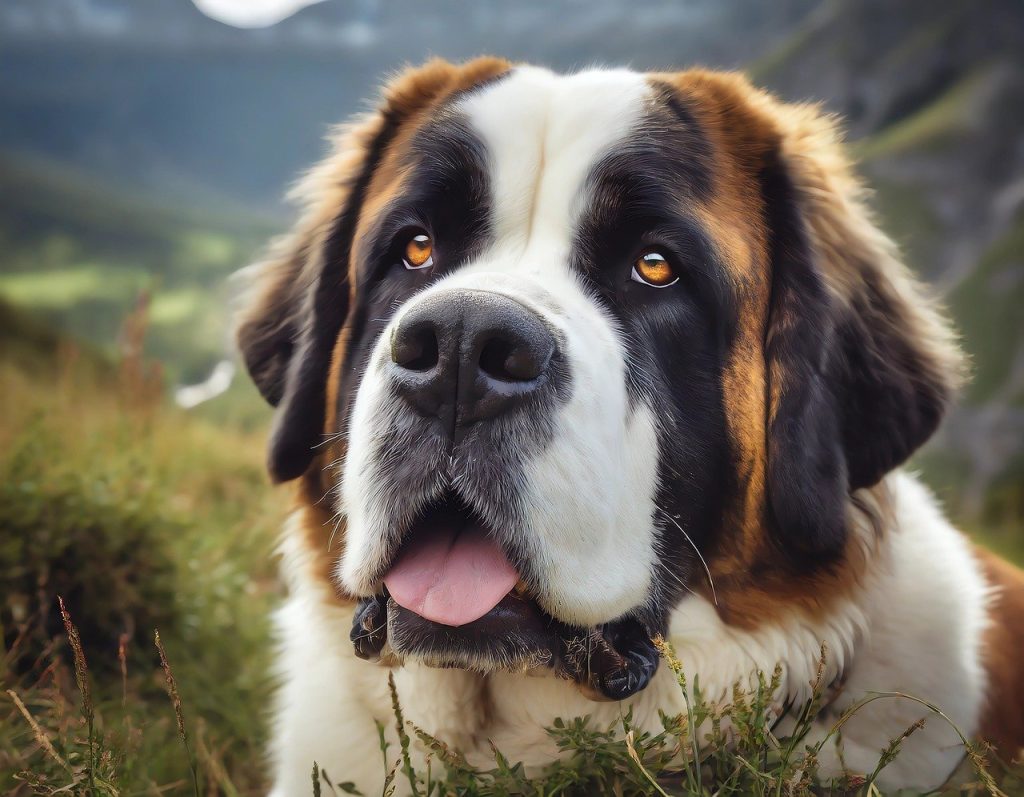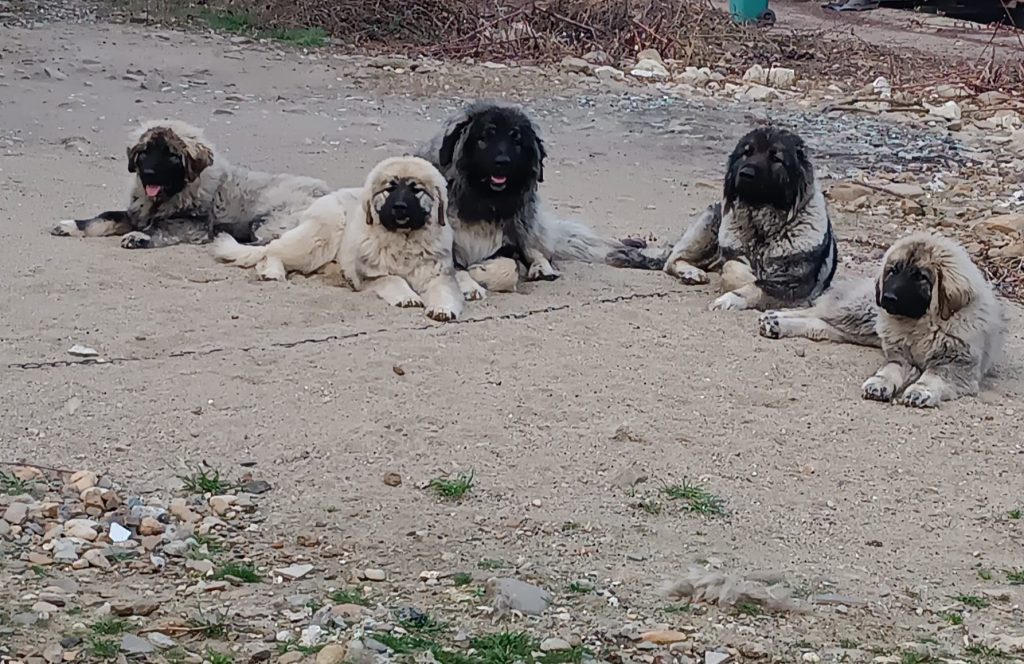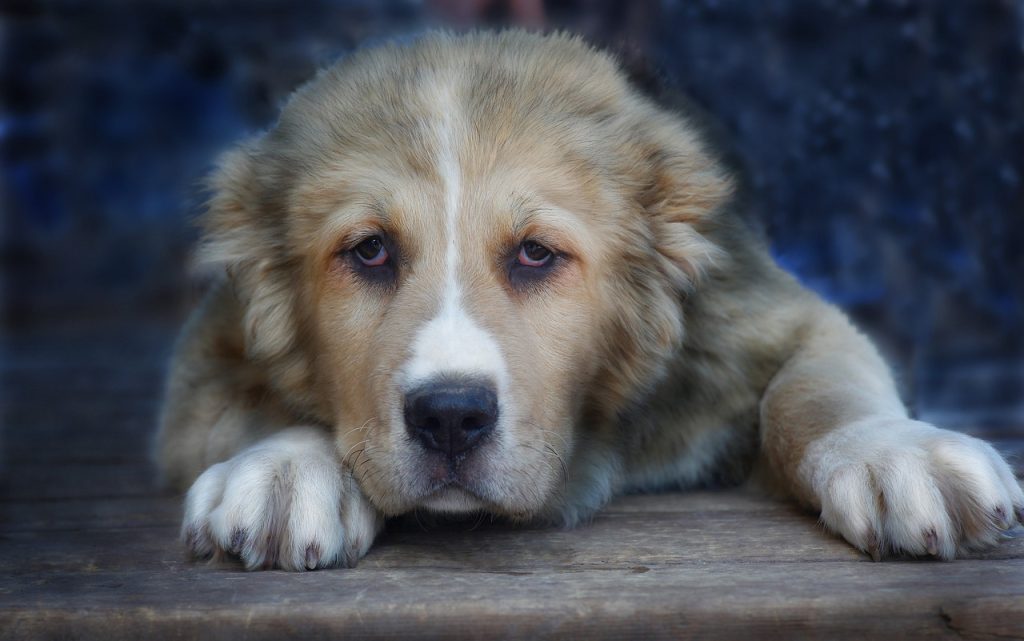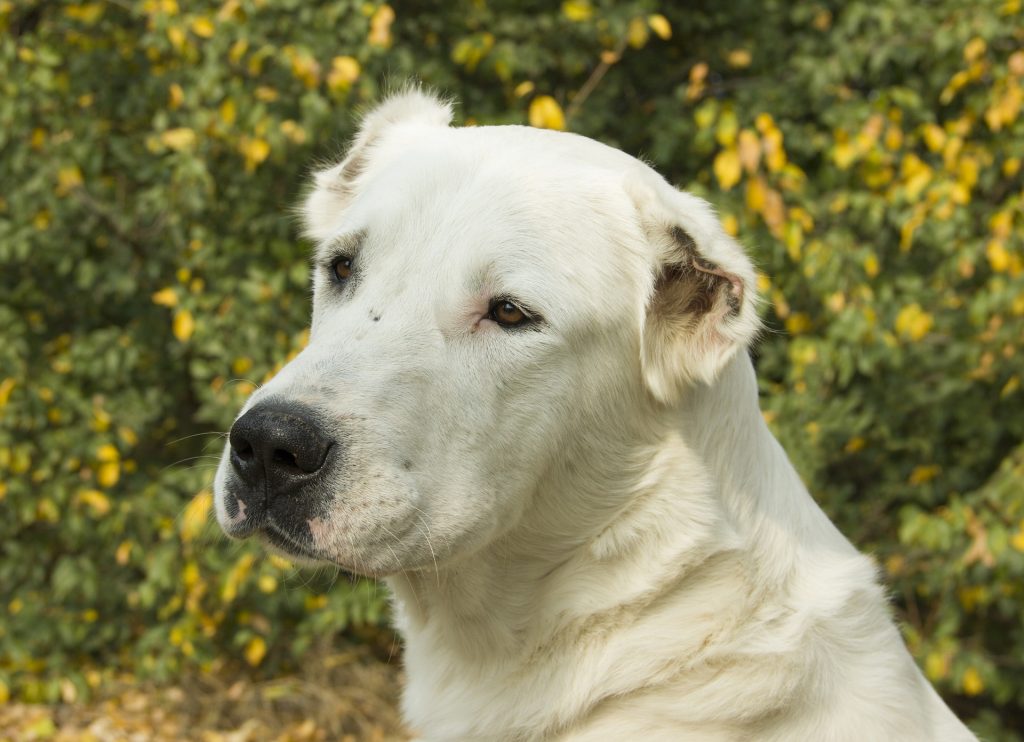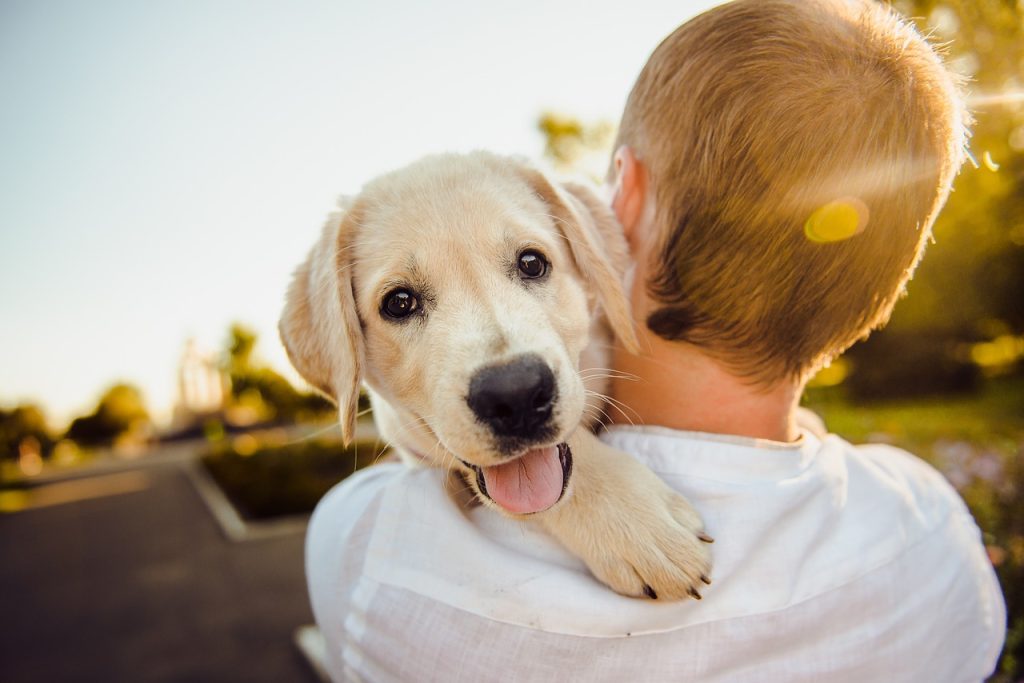The Alabai, also known as the Central Asian Shepherd Dog, is a powerful and ancient breed with a storied heritage that stretches back over 4,000 years. Its roots lie deep within the nomadic cultures of Central Asia, primarily in countries such as Turkmenistan, Kazakhstan, Uzbekistan, and Kyrgyzstan. Often referred to as a “wolf crusher” or “wolfhound,” the Alabai is renowned for its strength, endurance, and unwavering loyalty. Its legacy as a protector of livestock and property is intertwined with the history and traditions of the region. Unfortunately, this formidable dog’s abilities have also been tied to dogfighting—a controversial and illegal practice in many parts of the world. Despite this, the Alabai’s true legacy is one of guardianship, and its role in history as a fighting dog is but a fraction of its long and complex narrative.
The Origins of the Alabai
The Alabai is a product of nature’s hardiest conditions and human necessity. For millennia, nomadic herders needed dogs capable of protecting their livestock from predators such as wolves, bears, and thieves across the rugged steppes and mountains of Central Asia. The harsh environment required a dog that could withstand extreme weather, traverse difficult terrain, and fight off wild animals. The breed developed naturally, with selective breeding by the herders enhancing its natural instincts for protection and stamina.
As a result, the Alabai is one of the oldest breeds in existence, having been largely untouched by modern breeding practices. Its massive size, muscular build, and thick coat made it the ideal guardian in environments where survival often depended on the protection provided by these dogs.
The Role of the Alabai in Herding and Protection
Traditionally, the Alabai’s primary role was to protect flocks of sheep, goats, and other livestock from predators. Unlike many modern herding breeds that assist with driving and managing livestock, the Alabai’s purpose was to ward off intruders—both animal and human. Its courage, fearlessness, and territorial instincts made it an indispensable asset to shepherds.
Alabai dogs were trained to operate independently, often spending days or weeks out with the herd, protecting it from potential threats. Their intelligence and strong sense of territory allowed them to assess situations and react swiftly to danger. Known for their calm demeanor with their families and flocks, Alabais would only spring into action when they perceived a threat, demonstrating the breed’s deep loyalty and reliability.
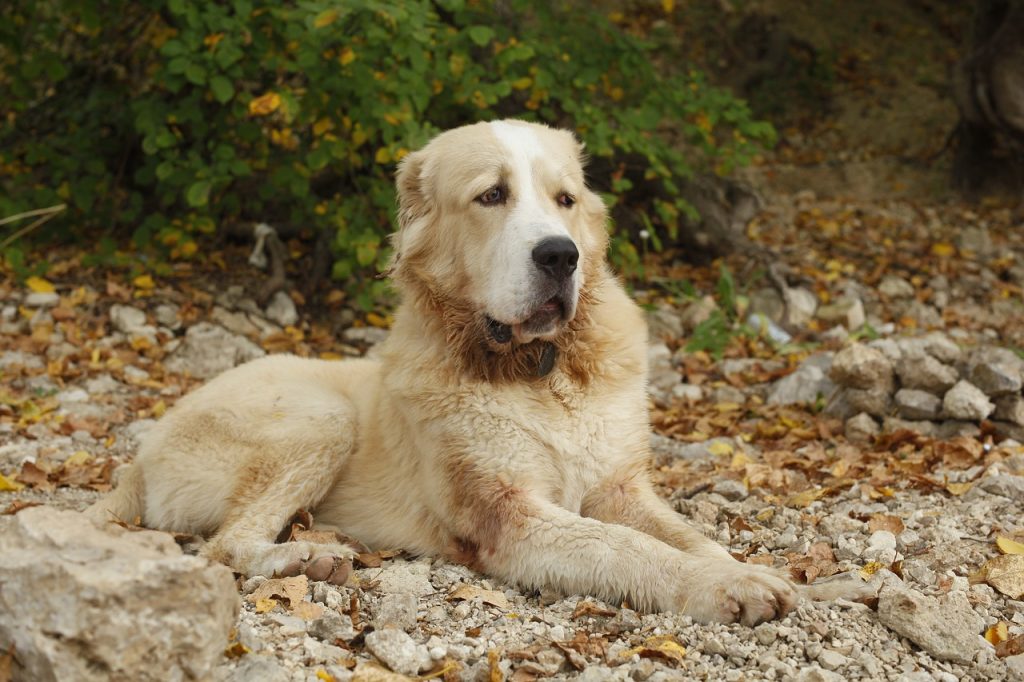
Alabai in Dogfighting Culture
While the Alabai’s heritage as a guardian and protector is celebrated, the breed has also been associated with dogfighting in some parts of Central Asia. Historically, these fights were not merely for sport but were a way to test a dog’s strength, courage, and ability to defend against predators. In regions such as Turkmenistan, where Alabais are considered a national symbol, these competitions were sometimes seen as a way of honoring the breed’s protective abilities and showcasing its valor.
However, as time has passed, dogfighting has become a more controversial and, in many places, an illegal activity. While some dogfights in Central Asia are framed as traditional contests, the practice has drawn significant criticism from animal rights advocates worldwide. It’s important to note that while the Alabai is naturally powerful and capable of defending itself, dogfighting does not represent the true essence of the breed. The Alabai’s natural inclination is toward protection, not aggression. In the hands of responsible owners, the breed’s loyalty and bravery are directed toward safeguarding livestock, homes, and people.
The Alabai as a National Symbol
In Turkmenistan, the Alabai holds a special place in the nation’s heart. In fact, the breed was declared a national treasure by Turkmenistan’s president, Gurbanguly Berdimuhamedow, in 2020. This honor reflects the deep cultural connection between the people of Turkmenistan and the Alabai, which has served as a companion and protector of their livelihoods for centuries. A golden statue of the Alabai was even erected in Ashgabat, the country’s capital, as a symbol of the breed’s significance in Turkmen society.
Alabai are often celebrated during cultural festivals, where they are paraded and praised for their strength and loyalty. For the people of Central Asia, these dogs are more than just pets; they are part of their cultural heritage, a living embodiment of resilience, and a connection to the region’s nomadic past.
The Future of the Alabai
Today, Alabais are still used for their traditional role as livestock guardians in rural parts of Central Asia, but their popularity as companions has grown. Internationally, these dogs are sought after for their protective instincts and calm demeanor with families. However, due to their size, strength, and independent nature, the Alabai requires experienced handlers who understand the breed’s needs for space, exercise, and mental stimulation.
In regions where dogfighting persists, efforts are being made to shift the focus back to the breed’s true strengths as guardians and protectors, rather than as fighters. Advocates for the breed hope to educate owners and the public about the Alabai’s gentle nature with its family and its incredible history of loyalty and protection.
Conclusion
The Alabai is a breed with a rich history that spans thousands of years, rooted in the traditions and landscapes of Central Asia. Its legacy as a powerful protector of livestock and family is a testament to its courage, intelligence, and endurance. While the breed has, unfortunately, been associated with dogfighting in some regions, this aspect does not define its true heritage. The Alabai’s role as a guardian of both property and tradition is its most enduring legacy, and with responsible breeding and ownership, the Alabai will continue to thrive as a symbol of strength and loyalty.
